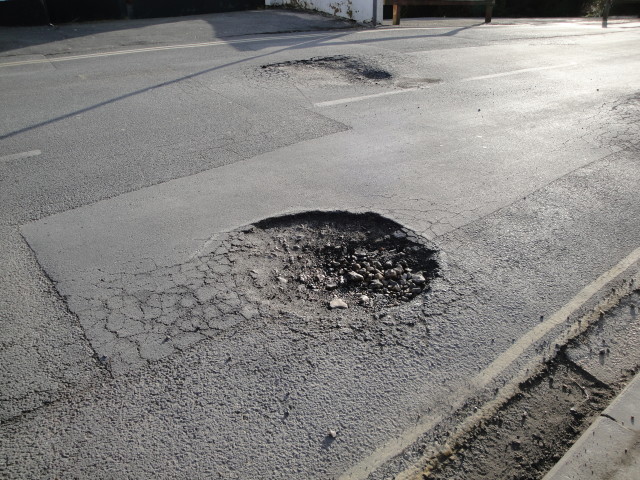When you’re driving really fast, it’s sometimes difficult to stop at potholes and bumps on the road. This makes your vehicle jolt, which could potentially damage some parts in the long run. Thankfully, Jaguar Land Rover is currently researching a new car technology that enables the vehicle to identify the location and severity of bumps, broken drains, potholes and manhole covers to help drivers avoid them.
This technology will also allow motorists to share the data in real-time with other people. JLR says that this innovative technology could help owners save millions a year by protecting their rides from unnecessary wear and tear.
How does the pothole avoidance technology work?
The pothole alert system operates on two technologies. Current models are able to detect severe road bumps, which will then be cross-mapped onto sat-nav data to help pinpoint any damages on the road. Jaguar Land Rover is also developing a system that can predict and locate potholes ahead. This will use a high-resolution stereo digital camera.
The car will then be able to make the following adjustments:
-
Alert – Warn drivers so they can avoid the hole.
-
Adjust – Tunes the suspension for a softer response.
-
Warn – Warnings will be issued to other drivers locally.
-
Avoid – Future autonomous vehicles will be able to steer cars away from damages on the road.
The basic principles that the current system JLR is developing have similarities to Daimler’s ‘Magic Carpet’ ride technology. But JLR is looking at new applications. For example, the data gathered by the pothole avoidance technology could be used to inform local councils about the problems on the road so they can patch them up. Currently, JLR is working with local authorities in the Coventry City Council to test the technology.
Today, a fleet of Range Rover Evoques will be tested with the new pothole avoidance system.







